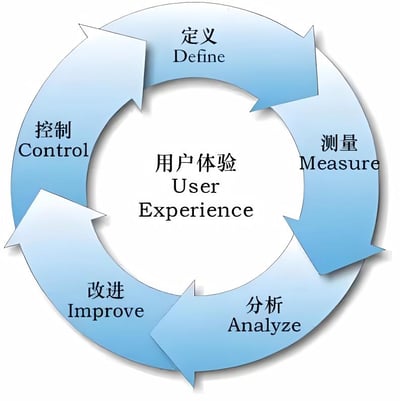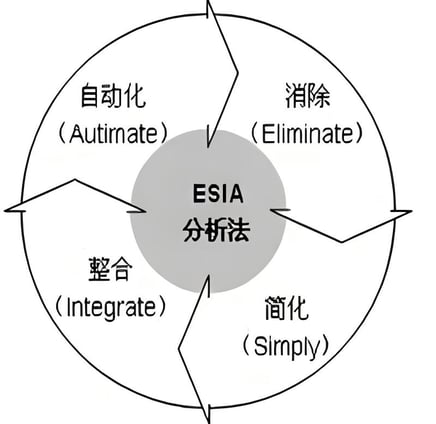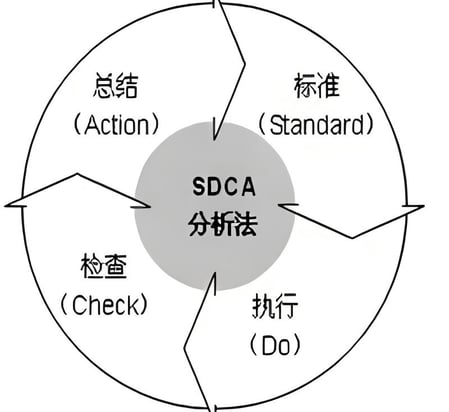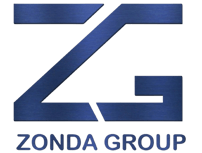Confusing processes and low efficiency? 5 tips to help you break through!
Lean Production
TECHNICAL ARTICLE
7/20/20243 min read
Process is the basis of any enterprise operation. All the business of an enterprise needs to be driven by process, just like the blood vessels of the human body. The process transfers the relevant information data from one person (department) to other personnel (departments) according to certain conditions, and then returns to the relevant person (or department) after obtaining the corresponding results. If the flow is not smooth, it will definitely lead to the poor operation of the enterprise. Therefore, the process must be solidified before it can be implemented without reservation.
However, in actual operation or after a long period of process operation, all the people in charge of management in the enterprise will have the same trouble. The consensus reached by the management team or the entire company cannot be implemented accordingly or there are always many problems in the implementation, because people are alive and the regulations are dead. The more active people are, the greater the deviation in execution may be. Therefore, the process needs to be continuously optimized according to the changes in enterprise needs.
However, solidification and optimization are a pair of contradictions. Solidification is relatively unchanged, and optimization emphasizes change. How to solve this contradiction?
To solve this problem, we should evaluate and monitor the process in stages, and maintain the efficient operation of the enterprise by continuously developing, improving and optimizing business processes, which means that we need to carry out process optimization.
What is process optimization? Process optimization is to achieve the best effect by improving the process during process design and implementation.
There are five basic methods for process optimization.
1) Benchmarking
Benchmarking refers to the process in which an enterprise compares its services, business practices, products and costs with many enterprises that have excellent and effective performance in related aspects, and improves its business performance in an uninterrupted process of excellence.
2) DMAIC model
The DMAIC model is actually a set of operational methods for implementing 6SIGMA. It is the most classic and important management model in DMAIC management, and its focus is on the quality of existing process optimization management.
3) ESIA analysis method
ESIA analysis method is a new structural method to provide value-added to users. When reflected in the specific process design, it is necessary to minimize non-value-added activities in the process and adjust the core value-added activities in the process. The basic principle is ESIA, and the ESIA analysis method is to build a practical principle for non-value-added activities in the process.
4) ECRS analysis method
The ECRS analysis method is actually an abbreviation of ELIMINATE, COMBINE, REARRANGE, SIMPLIFU.
ECRS Four Principles
E (Eliminate): The most effective measure without affecting quality
Unnecessary processes, handling, inspection
Eliminate redundant actions (body, limbs, hands, etc.)
Reduce irregularities, eliminate grasping and holding hand movements
Eliminate idleness of people and equipment
C (Combine): Merge 2 or more objects to eliminate duplication
Unbalanced processes
Same work in different departments
Tool merger, action merger
R (Rearrange): Change the order of work and reorganize to balance the workload
Process swap
Production equipment location
S (Simplify): Simplify the method
Reduce the number of searches and eye zooms
The body does not move in the normal area
Material transfer using inertia
5) SDCA cycle
The SDCA cycle is actually the maintenance of standardization, which is a model of standardization, execution, inspection and adjustment summary. It includes the update and standardization of all improved related processes, and in this process of process optimization, it enables it to run in a balanced manner, and then conducts the inspection process. And to ensure accuracy. The purpose of the SDCA cycle is to standardize the process and stabilize the existing process model so that the entire process can meet the wishes and needs of users.
So is process optimization the end of process management? Of course not. If the process of solidification, rigidity and optimization does not form a closed loop, enterprise process management cannot be sustained. Process management is an end-to-end process of continuous change and optimization, from strategy, to design, to implementation, to monitoring, and then back to modify and adjust the strategy according to the effect of process execution, thereby forming a closed-loop management of sustainable optimization.






About
Precision machining solutions for diverse industries.
services
Zonda Group
© 2024. All rights reserved.
